In the quiet corners of our planet, ancient giants stand as silent sentinels of the past, bearing witness to centuries, even millennia, of human history and natural evolution. These venerable trees, some of the oldest living organisms on Earth, hold invaluable insights into the ecological and climatic changes that have shaped our world. In this exploration, we embark on a journey to unveil the ten types of oldest trees in the world, delving into their remarkable longevity, ecological significance, and cultural importance.
10 Types of Oldest Trees in the World
1. Bristlecone Pine (Pinus longaeva)
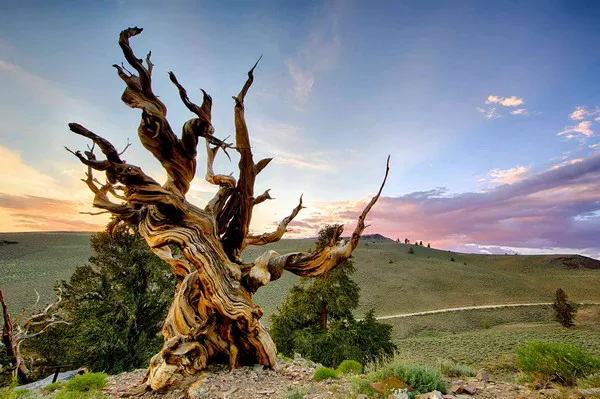
Topping the list as the oldest known individual trees in the world are the bristlecone pines, specifically Pinus longaeva. Found in the high-elevation forests of the western United States, particularly in the White Mountains of California, these ancient conifers have been known to live for over 5,000 years. One particular specimen, named Methuselah, is estimated to be over 4,850 years old, making it one of the oldest known living organisms on Earth. Bristlecone pines thrive in harsh, arid environments, where their slow growth rates and dense wood provide resilience against adverse conditions.
2. Huon Pine (Lagarostrobos franklinii)

Endemic to the ancient rainforests of Tasmania, Australia, the Huon pine is another contender for the title of the world’s oldest tree species. While individual Huon pines may not reach the same age as bristlecone pines, some specimens are estimated to be over 2,000 years old, making them among the oldest living trees in the Southern Hemisphere. Renowned for their dense, fragrant timber, Huon pines have been highly valued by indigenous Tasmanian communities and European settlers for their use in boat building, furniture making, and other traditional crafts.
3. Giant Sequoia (Sequoiadendron giganteum)
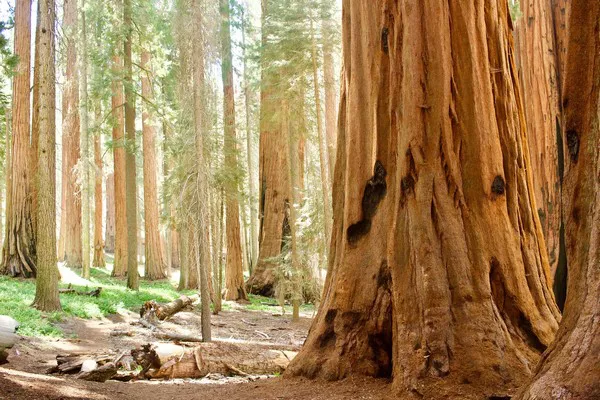
Towering over the forests of California’s Sierra Nevada mountains, the giant sequoia stands as one of the largest and oldest tree species in the world. While not as long-lived as bristlecone pines, some giant sequoias are estimated to be over 3,000 years old, making them among the oldest living organisms on Earth by volume. Renowned for their massive size and impressive lifespan, giant sequoias have become iconic symbols of the natural world, attracting visitors from around the globe to witness their towering grandeur.
4. Alerce (Fitzroya cupressoides)
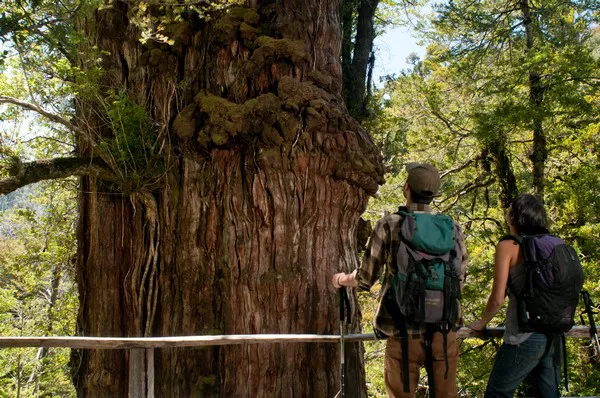
Native to the temperate rainforests of Chile and Argentina, the Alerce, also known as the Patagonian cypress, is one of the longest-lived tree species in the world. Some Alerce trees are estimated to be over 3,600 years old, making them among the oldest living trees in South America. Revered for their dense, durable wood and ecological importance, Alerce trees have become symbols of resilience and endurance in the face of environmental threats, including deforestation and climate change.
5. Olive Tree (Olea europaea)
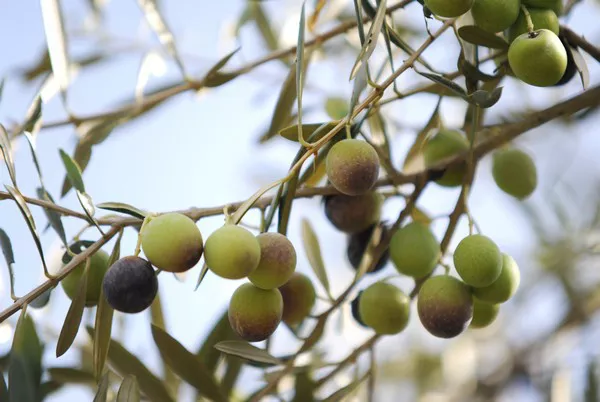
Widely cultivated for its edible fruit and oil, the olive tree holds a special place in human culture and history. While individual olive trees may not reach the same age as some of the other species on this list, there are several ancient olive trees scattered throughout the Mediterranean region that are estimated to be over 2,000 years old. Revered for their longevity and cultural significance, these ancient olive trees serve as living links to the past, bearing witness to centuries of human civilization and agricultural tradition.
6. Baobab (Adansonia spp.)
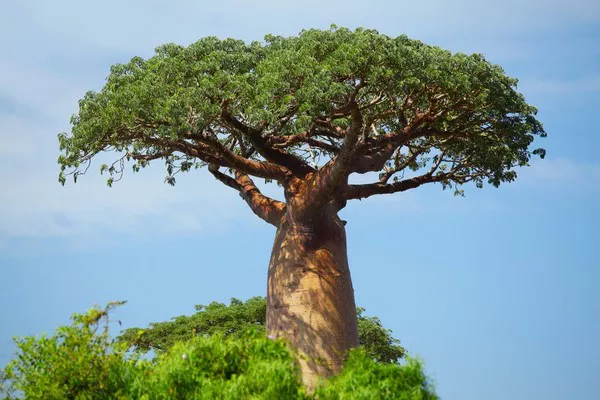
Native to Africa, Madagascar, and Australia, the baobab is one of the most iconic and long-lived tree species in the world. While individual baobab trees may not reach the same age as bristlecone pines or giant sequoias, some specimens are estimated to be over 2,000 years old, making them among the oldest living trees in Africa. Revered for their massive size, distinctive appearance, and cultural significance, baobab trees have become symbols of resilience and endurance in the face of adversity.
7. Yew (Taxus spp.)
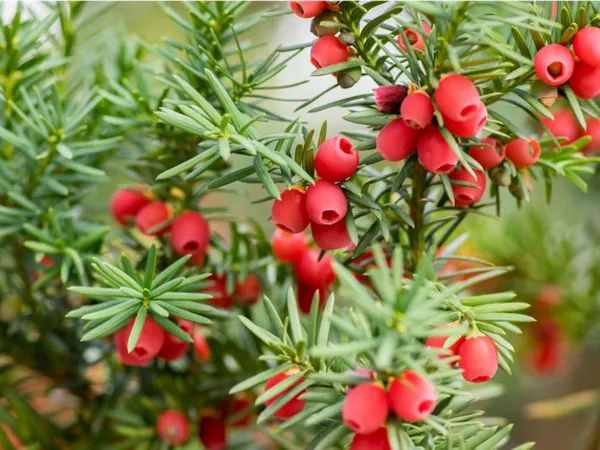
Widely distributed throughout temperate regions of the Northern Hemisphere, yew trees are among the longest-lived tree species in the world. While individual yew trees may not reach the same age as some of the other species on this list, there are several ancient yew trees scattered throughout Europe and Asia that are estimated to be over 2,000 years old. Revered for their longevity and cultural significance, these ancient yew trees have become symbols of spiritual enlightenment and the enduring cycle of life and death.
8. Cypress (Cupressus spp.)
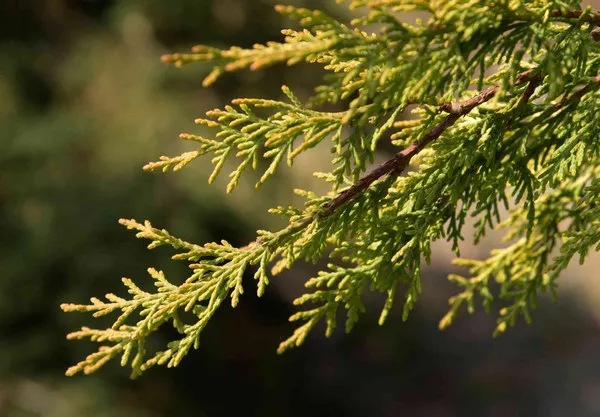
Cypress trees, native to North America, Europe, and Asia, are renowned for their long lifespan and distinctive conical shape. While individual cypress trees may not reach the same age as some of the other species on this list, there are several ancient cypress trees scattered throughout the world that are estimated to be over 2,000 years old. Revered for their resilience and ecological importance, these ancient cypress trees serve as living witnesses to the passage of time and the enduring power of nature.
9. Juniper (Juniperus spp.)
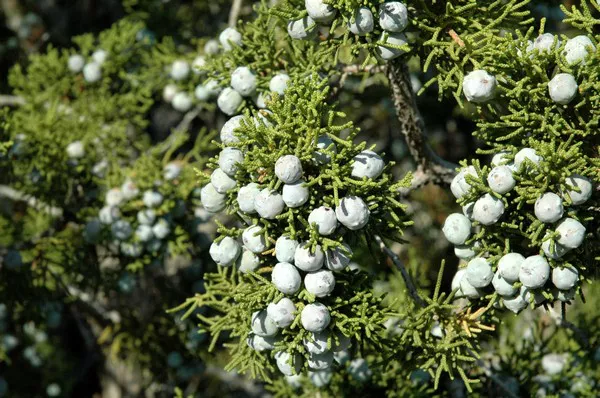
Widely distributed throughout the Northern Hemisphere, juniper trees are among the longest-lived and most resilient tree species in the world. While individual juniper trees may not reach the same age as some of the other species on this list, there are several ancient juniper trees scattered throughout North America, Europe, and Asia that are estimated to be over 2,000 years old. Revered for their longevity and ecological importance, these ancient juniper trees have become symbols of endurance and vitality in the face of environmental change.
10. Redwood (Sequoia sempervirens)
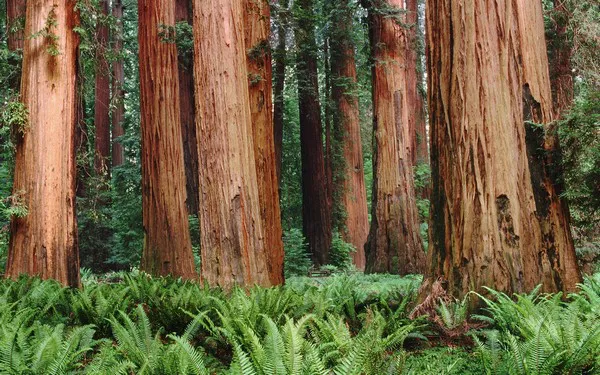
Native to the coastal regions of California and Oregon, the coast redwood is one of the tallest and most long-lived tree species in the world. While individual coast redwood trees may not reach the same age as giant sequoias, some specimens are estimated to be over 2,000 years old, making them among the oldest living trees in North America. Revered for their majestic beauty and ecological importance, coast redwood trees have become symbols of conservation and environmental stewardship in the modern world.
See Also: 21 Most Common Yellow Flowers
Conclusion
In conclusion, the world’s oldest trees are more than mere living organisms; they are living links to the past, repositories of history, culture, and ecological heritage. From the ancient bristlecone pines of the American West to the towering baobabs of Africa, these venerable trees bear witness to the passage of millennia, their gnarled branches reaching skyward in silent defiance of time itself. By exploring the ten types of oldest trees in the world, we gain a greater appreciation for the resilience and endurance of life on Earth, and the vital role that trees play in shaping the world around us.
You Might Be Interested In:























